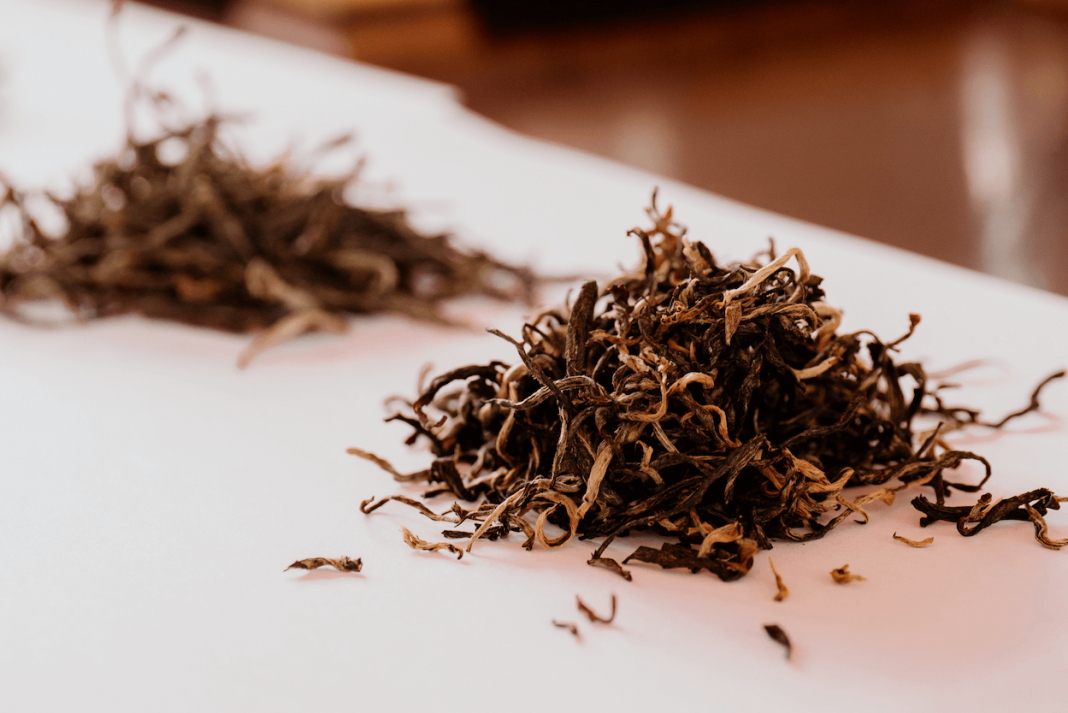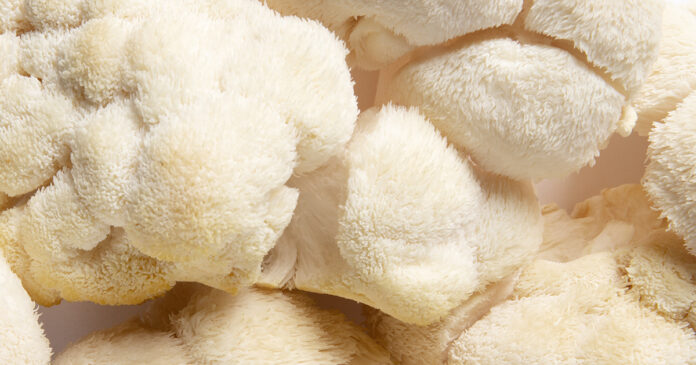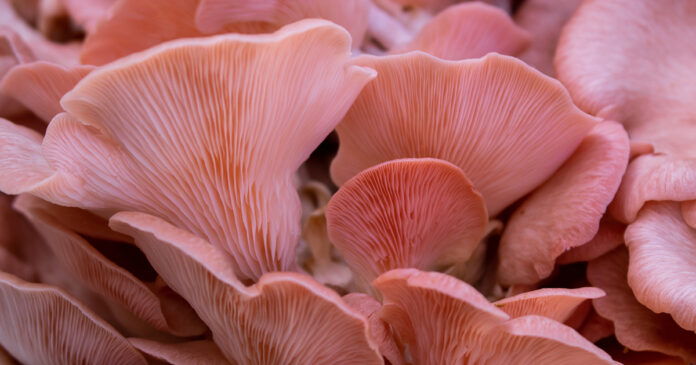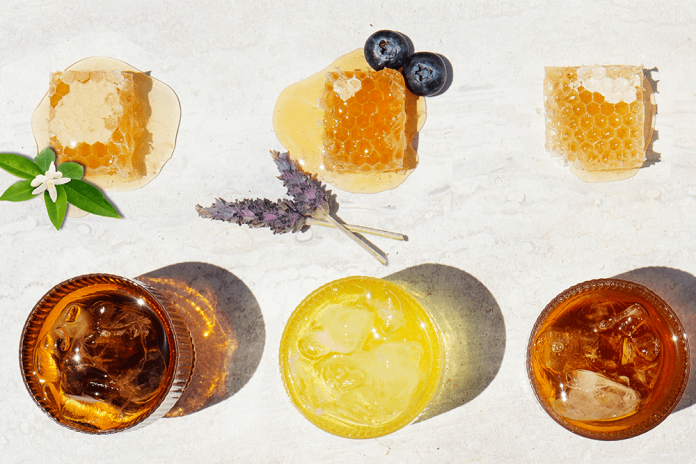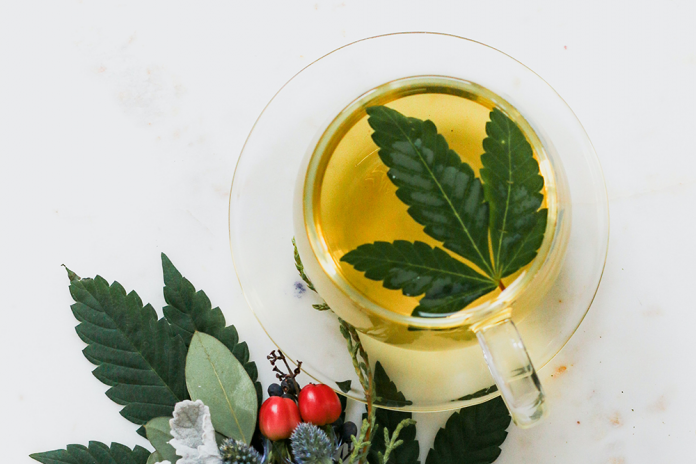Have you ever wondered how tea is made, or just how you make tea out of tea leaves?
Can you just pluck tea leaves from a plant, throw them in some hot water, and call it a day?
As you may have guessed, the production process is a little bit more involved than that!
To make your cozy, comforting cup of tea, tea leaves must undergo a few essential steps, which we’ll share in this quick yet comprehensive guide.
And it all starts with Camellia Sinensis, the amazing and incredible plant where all traditional teas come from.
What Plant Does Tea Come From?
Given how many different tea varieties exist, most tea drinkers are surprised to learn that all “true teas” come from the same Camellia Sinensis plant!
The unique flavor profiles of the true teas (black, green, white, etc…) come from where the tea plants are grown and how the leaves are harvested and processed. These specifics change the flavor, color, and strength of the tea leaves, resulting in a wide and diverse tea market.
Since the Camellia Sinensis plant is grown all over the world, regional tea varieties with distinct looks and flavor profiles have now become famous, such as:
- China: Jasmine, Oolong, Dragon Well, and Pu-erh tea.
- Japan: Matcha, Sencha, Genmaicha, and Gyokuro tea.
- Sri Lanka and India: Darjeeling, Assam, Ceylon, and Chai tea.
However, even though different types of green tea, black tea, and oolong all come from the same tea plant, herbal “teas” (also called “tisanes”), come from other plants and flowers. Chamomile, for example, is a type of tea made from chamomile flowers instead of traditional tea leaves from Camellia Sinensis.
The world of herbal teas is vast, so in this article we’ll stick to learning how traditional teas are made.
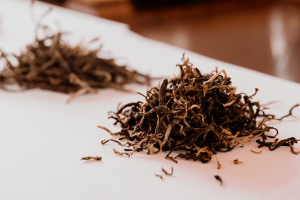
How Tea is Made Step-by-Step
If you’re curious about what the tea making process looks like, this step-by-step breakdown gives you a peek at the most popular methods used by the tea industry:
Step 1: Tea Leaves are Plucked Fresh and Transported to Tea Factories
Only the top portion of the Camellia Sinensis plant is used for tea making. Known as the “flush,” it consists of just the top two inches of leaves on the growing plants.
Once the tea plant reaches its peak at about three years, farmers pluck the leaves from the flush by hand and place them in wicker baskets for transport.
This top half of the Camellia Sinensis plant regenerates every one to two weeks. This creates another flush that can be plucked shortly afterward, so there’s always a new cycle of fresh tea leaves.
(Fun fact: the first “flush” or harvest of the year is always regarded as the highest quality tea, boasting the best flavor and nutrient quality, and therefore also commanding a higher price.)
To ensure peak freshness, the tea leaves must be transported from the tea garden to a tea factory within 24 hours.
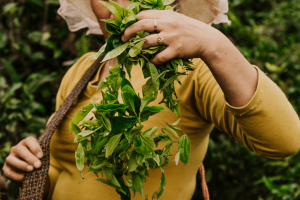
Step 2: The Tea Leaves are Sorted and Graded
Once the leaves arrive at the tea factory, they’re carefully inspected so they can be graded and sorted. During this time, tea masters toss out broken leaves and others that don’t make the cut. The selected tea leaves are then organized into batches based on their type and size.
Here’s where the types of tea varieties start to branch off on their unique paths. Very young leaves are routed for white teas, while others are sent to make different teas like matcha or oolong, depending on the tea makers’ preferences.
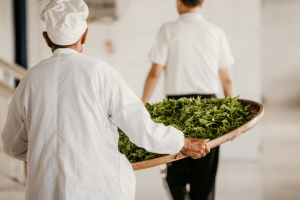
Step 3: The Tea Leaves Wither and Get Rolled (or Ground)
The leaves are left to wither for 12 hours in large troughs fitted with wire mesh at the factory. This air-drying removes up to 70% of the water content in the leaves.
There are two main types of tea production from here: the Orthodox Method and the Crush Tear Curl Method, known as the CTC. Here’s how they differ:
The Orthodox Method: After withering, the tea leaves are rolled by hand or by a rolling machine. This step causes the leaves to wrap around themselves and helps break down their cell walls, which lets essential oils and other moisture content escape. This further dries out the leaves and also enhances the tea’s overall flavor.
The CTC Method: After withering, large rollers grind up the tea leaves into tea “shake” during the manufacturing process. You’ll often see this very fine tea in commercial tea bags.
Orthodox tea makers prefer to keep their tea leaves closer to their natural, whole leaf state for the best flavor. CTC teas are more affordable yet produce a less flavorful option.
Both methods follow the same tea production process moving forward.
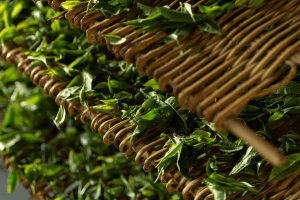
Step 4: The Tea Leaves Undergo Oxidation
Tea producers place the leaves on bamboo trays and expose them to climate-controlled air for up to two hours. As the leaves interact with the hot air, natural chemical reactions ignite the enzymes in the leaves, which causes them to change color and flavor.
Black teas are oxidized longer to create a bold, rich, dark flavor profile. Green and white tea are either not oxidized or minimally oxidized to preserve a lighter flavor and color.
When tea artisans need to stop the oxidation process, those producing Japanese green tea will steam the leaves, for example, whereas Chinese green tea heads over to wok- or pan firing. This drying process helps remove every last bit of moisture content in the leaves.
Once adequately dry, the tea leaves are ready to be packaged and shipped for consumption.

How Are Different Types of Tea Made?
Now that you know the basics of tea processing, you’re probably curious about what makes the oolong or white tea making process different from how green tea is made.
Even though they all come from the Camellia Sinensis plant and follow similar processing methods, they each have their own distinct flavor, color, caffeine content, and strength:
White tea is processed in a similar fashion as green tea leaves. However, young tea leaves and unopened buds are often used instead of whole leaves. This keeps the color and flavor lighter than a cup of green tea and closer to herbal tea.
Oolong tea undergoes a partial oxidation process that’s between green tea and black tea. This creates a medium flavor profile and color.
Matcha tea is creamy and boasts a bright green color because the tea leaves are ground into a fine tea powder and consumed after steeping instead of discarded.
Pu-erh, a type of fermented tea, goes through the traditional tea making process, but then undergoes a fermentation process after oxidation. This produces a tea with healthy probiotics and unique polyphenols not found in other types of tea. Fermentation also darkens the color and flavor of pu-erh teas.
How Are Tea Crystals Made?
There’s also another type of tea that’s processed a little bit differently than the rest: Pique’s Tea Crystals. Here’s how this unique tea type is made:
First, artisans make a tea extract from the highest-grade organic loose leaf tea. The tea is extracted from these fresh, rare plants and then gets filtered through reverse osmosis purified water. This gently extracts the full spectrum compounds and nutrients from the tea leaves with the least nutrient loss.
Next, the leaves undergo patented Cold Brew Crystallization, a low-temperature process that lasts up to eight hours. This technique preserves the health benefits and active compounds in the tea — up to 12 times the antioxidants of other teas! — and locks them in at their highest potential.
Finally, Pique Tea Crystals undergo Triple Toxin Screening for pesticides, heavy metals, and toxic mold to ensure each cup of tea is pure and clean.
All you have to do is add your tea crystals to hot or cold water to steep. You have a convenient way to enjoy a cup of tea, whether at home or on-the-go, without worrying about a messy tea bag or harmful chemicals.
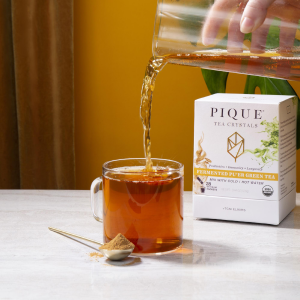
Pique Pu’er Green
Unrivaled polyphenol concentration. Fermented with probiotics. The ultimate supertea for immune support and cellular health.
Final Thoughts on How Tea is Made
Be honest – are you surprised to learn just how involved the tea making process is?
It may not be as simple as plucking leaves, rinsing them, and plopping them in some hot water, but the process has been evolving for centuries and is well worth the result.
Whether you’re in it for the health benefits of green tea or the flavor of a warming chai, always choose high-quality teas and tea crystals. These deliver the best flavor and contain fewer harmful toxins and pesticides.
So now that you know how tea is made, you should definitely learn how to make the best cup of green tea at home. Psst! It’s crazy easy when you start with green tea crystals 🙂


